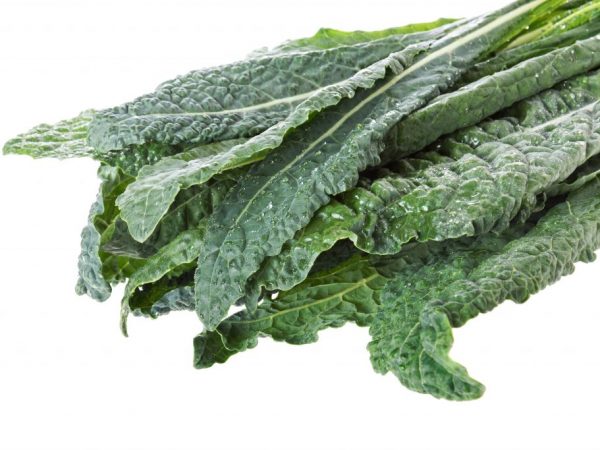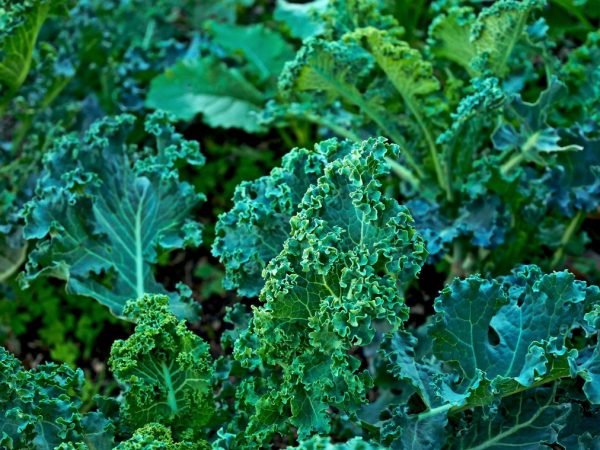Description of wild cabbage
The consumption of white cabbage in food accounts for up to 20 kg per capita in Russia annually. The ancestor of modern cruciferous plant varieties used in the daily diet is wild cabbage.

Description of wild cabbage
Ancestor of cultivated plants
For centuries, people have cultivated wild cabbage, looked after it. Currently, this is a valuable vegetable crop, the varieties of which are surprising in their diversity: there are white cabbage, Brussels, Savoy, kohlrabi, cauliflower, Peking, Japanese, red cabbage.
The similarity of the varieties lies in the presence of heads of cabbage or inflorescences used for food, and the difference is in the form of heads of cabbage: they are of different colors, textures and sizes. The variety of forms was bred artificially, since the head of cabbage and cabbage leaves are hypertrophied organs. It is the wild representative of the Cretaceous family that is the ancestor of all modern varieties.
"Of all vegetables, the first." Mark Cato
Wild cabbage has had great success not only because of its positive properties, but also because of its size. She was also called "Kale". According to the description, its stem reaches up to 60 cm in height, slightly widened downwards, may be branched, and have a purple color. Rosette-like leaves grow large.
The culture is decorated with flowers of either yellow or white flowers. Due to its decorative qualities, the plant adorns any garden. Its other name is browncol or gruntol. The vegetable belongs to the annual cruciferous family.
Wild cabbage varieties and cultivation features
The rules for growing wild cabbage depend on the selected variety:
- Red Calais. The variety is distinguished by red twisted leaves.
- Siberian feces. It is a hardy variety: it can withstand low temperatures and is not afraid of pests.
- Curly feces. It has curly, wrinkled, sweet and soft leaves.
- Premier Calais. It is a frost-resistant crop that grows rapidly.
- Dino Kale. The peculiarity of the variety is tall thin leaves.
- Reed feces. Its features are powerful petioles and the ability to grow up to 2 m.

Wild cabbage tolerates frost well
Wild cabbage is frost-resistant, so it is planted even outdoors. After 2 months, seedlings appear. At the end of spring, the grown plants are ready for planting in the ground. To do this, choose a sunny place on a hill so that the water does not stagnate. The soil must be watered and loosened: cabbage loves hilling.
With good care, the vegetable grows up to 1 m in height.
The benefits of wild cabbage
Wild cabbage is high in protein and amino acids. It is well absorbed, and in terms of energy properties it is not inferior to other protein products. Kale vegetable is a storehouse of vitamins A, C, group B, K and PP.
This annual crop increases the resistance of the eyeball to solar radiation. The concentration of minerals in the leaves depends on the quality of the soil on which it grows.
Cabbage is rich in potassium, magnesium, phosphorus and other trace elements such as sulforane, which is a cure for many diseases and has an antibacterial effect. And such a trace element as indole-3-carbinol stops the growth of cancer cells.
Application of wild cabbage
Currently, wild cabbage is eaten as a source of vitamins and minerals. She is a godsend for nutritionists. Young leaves are used for food, they are softer. You can prepare a salad of fresh wild cabbage leaves with onions, tomatoes and fresh herbs, with the addition of boiled eggs and season with sour cream or olive oil. The leaves are also stewed and fried.
The ancestor of modern cabbage is not limited to cooking. Crushed leaves cope with skin diseases, tumors, ulcers. Due to its frost resistance, Kale is used as a forage crop.
Summarizing
Today, cultivated vegetable varieties are more successful than wild cabbage. However, the unique qualities of the cruciferous ancestor make it possible to grow it in gardens to this day.


